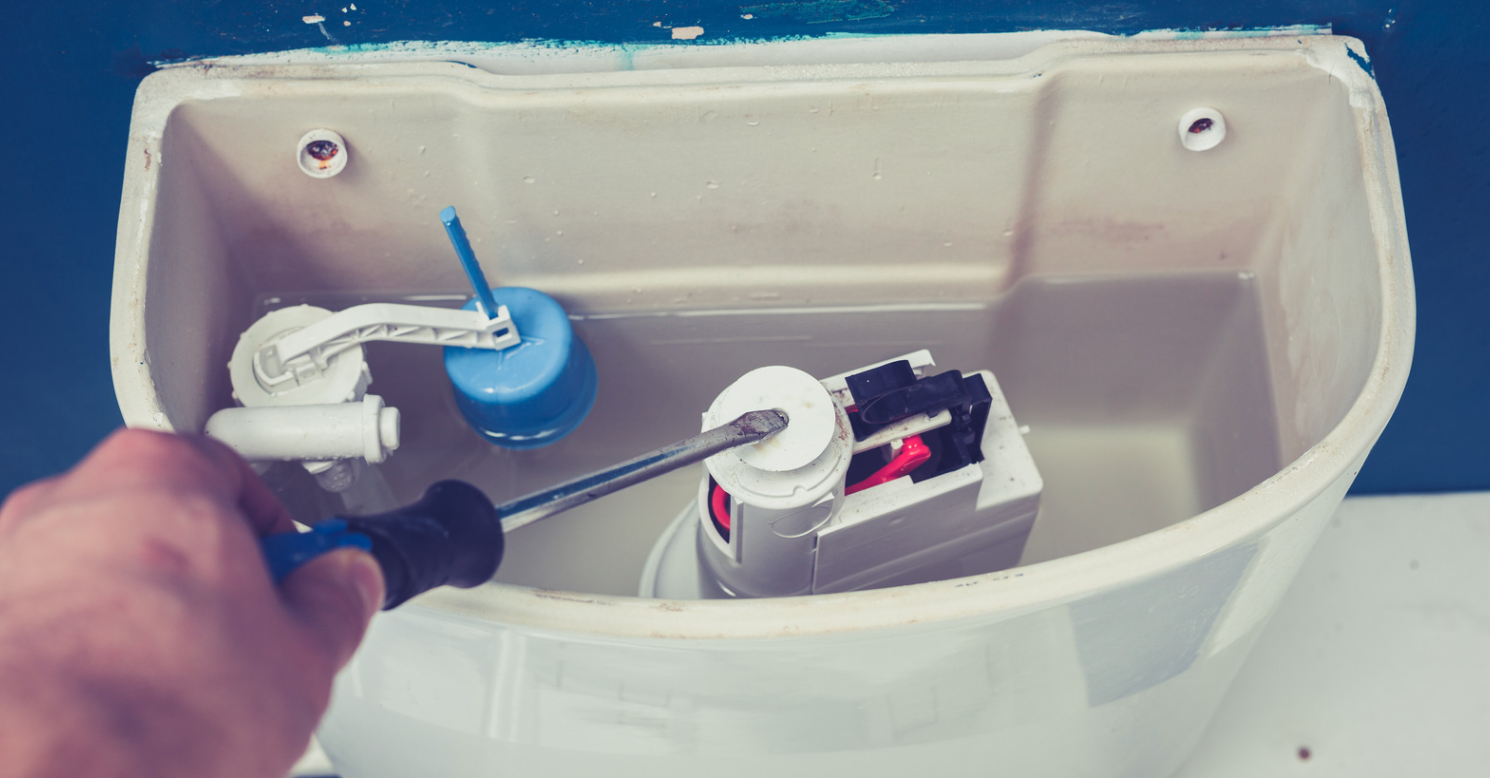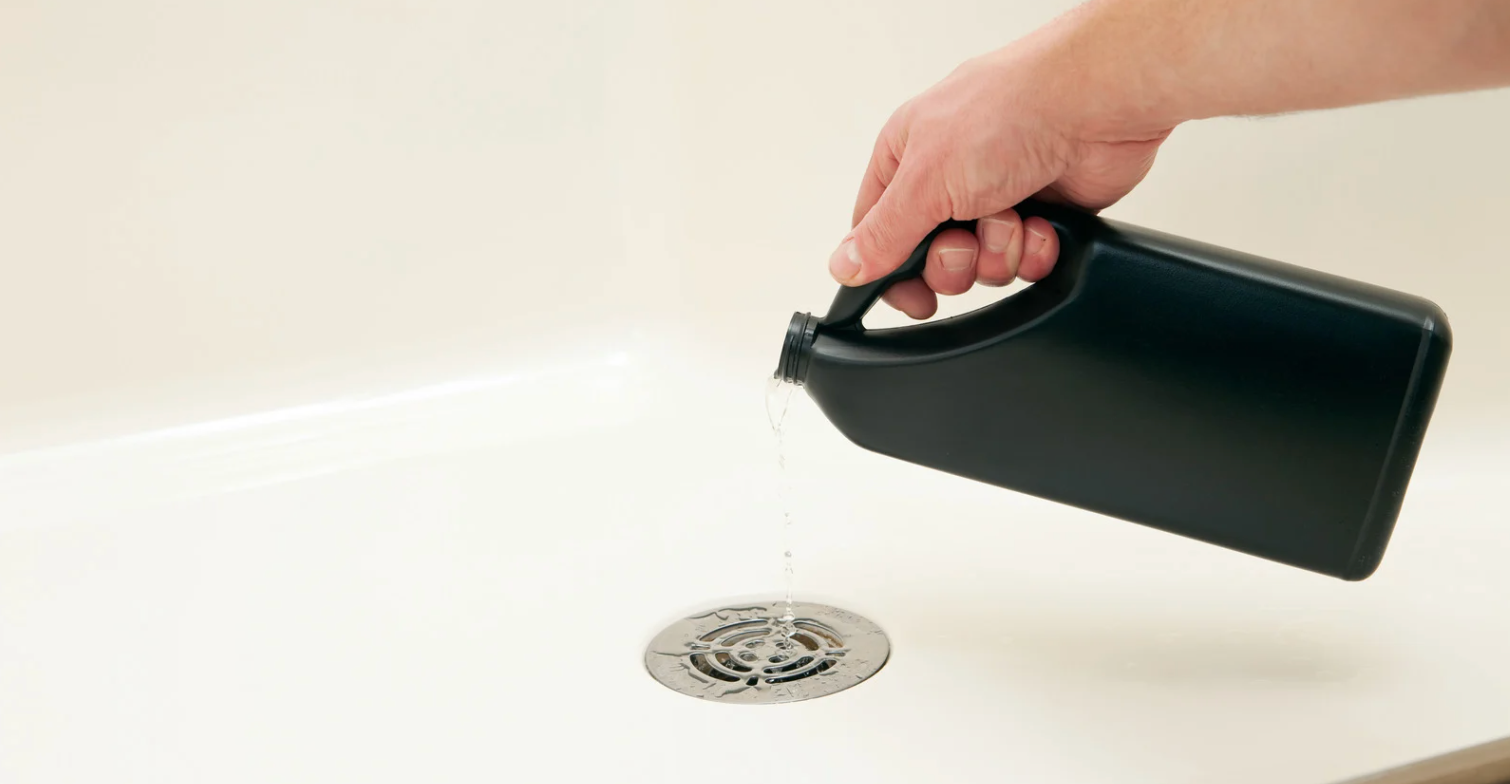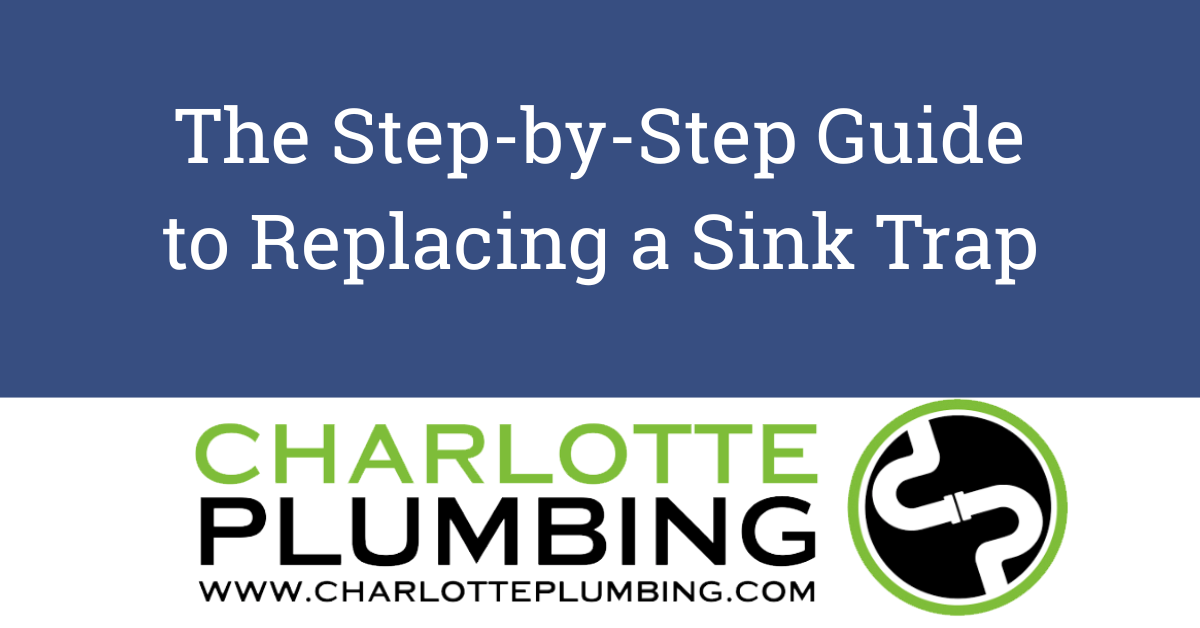How to Properly Winterize Outdoor Faucets and Pipes
As the chilly winter months approach in Charlotte, NC, it’s essential to protect your home from the damage freezing temperatures can cause—especially when it comes to your outdoor faucets and pipes. Failing to winterize these can lead to burst pipes, water leaks, and costly repairs. Fortunately, with a few simple steps, you can safeguard your plumbing and enjoy peace of mind all winter long.
Why Winterizing Your Outdoor Plumbing Is Important
When water freezes, it expands, increasing the pressure inside pipes and potentially causing them to burst. Outdoor faucets and pipes are particularly vulnerable because they are directly exposed to the cold. By winterizing, you can prevent:
- Costly water damage
- Frozen pipes
- Inefficient water usage
- Increased repair expenses
Steps to Winterize Outdoor Faucets and Pipes
- Turn off Water Supply
Locate the shut-off valve that controls water flow to your outdoor faucets. This is often inside your home, near the main water supply line.
Turn the valve off completely to stop water from entering the outdoor pipes.
2. Drain the Faucets
After shutting off the water supply, open the outdoor faucets to allow any remaining water to drain.
Leave the faucets open throughout the winter to prevent pressure buildup if any residual water freezes.
3. Remove Hose Attachments
Disconnect garden hoses and other attachments from your outdoor faucets.
Store hoses indoors to prevent them from freezing and cracking.
4. Insulate Faucets and Pipes
Cover outdoor faucets with insulated faucet covers, which are available at most hardware stores.
Wrap any exposed outdoor pipes with foam pipe insulation or heating tape for extra protection against freezing temperatures.
5. Inspect for Leaks
Before winterizing, check your outdoor faucets and pipes for leaks or damage.
Address any issues promptly to ensure your plumbing is in top condition before freezing temperatures set in.
6. Consider Installing Frost-Free Faucets
If your home experiences frequent freezing temperatures, investing in frost-free faucets is a smart long-term solution. These faucets are designed to keep water from freezing inside the pipe.
When to Start Winterizing in Charlotte
While Charlotte winters are generally mild, temperatures can dip below freezing during the colder months. It’s best to winterize your outdoor faucets and pipes before the first freeze, which typically occurs in late November or early December. Monitor the weather forecast to ensure you’re prepared.
What to Do if a Pipe Freezes
Despite your best efforts, sometimes pipes may still freeze. If this happens:
- Turn off the water supply to prevent further damage.
- Use a hairdryer or space heater to gently thaw the pipe. Avoid using an open flame.
- If the pipe is cracked or bursts, contact a professional plumber immediately.
Call Charlotte Plumbing for Expert Help
Not sure if your outdoor faucets and pipes are ready for winter? The team at Charlotte Plumbing is here to help! With years of experience in protecting homes from the elements, we can inspect, repair, and winterize your plumbing to ensure it withstands the cold.
Contact us today or schedule an appointment online to keep your home safe and dry this winter.













